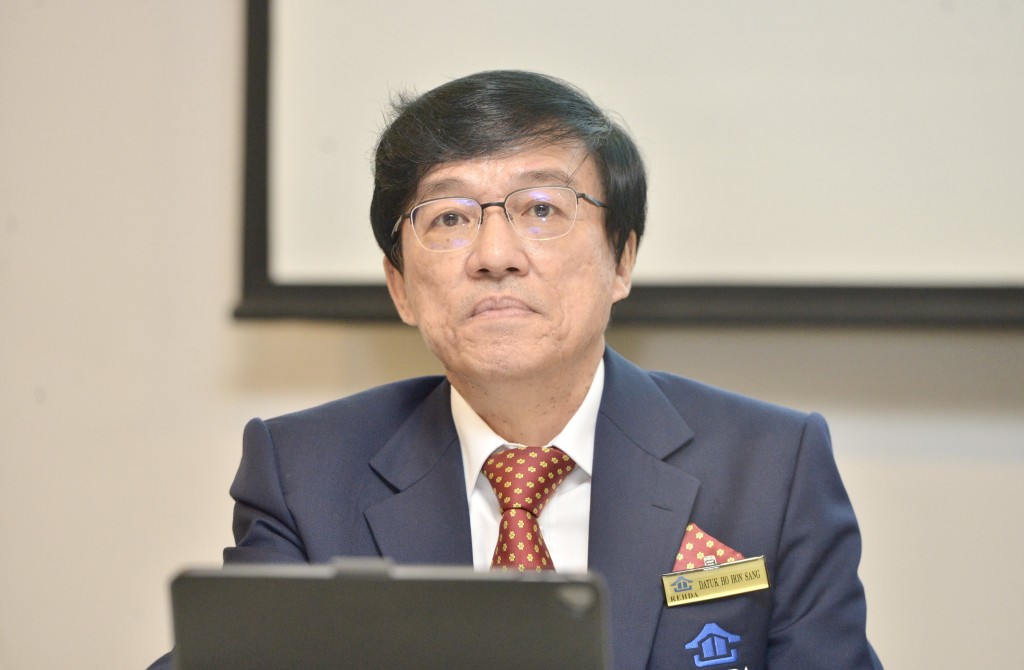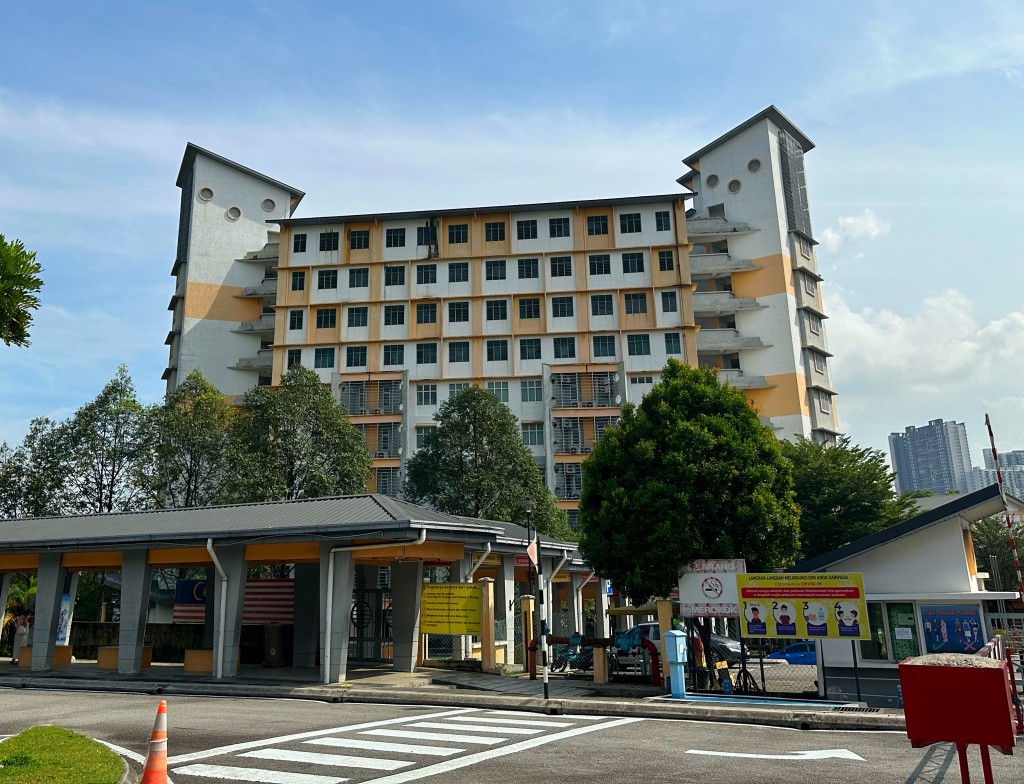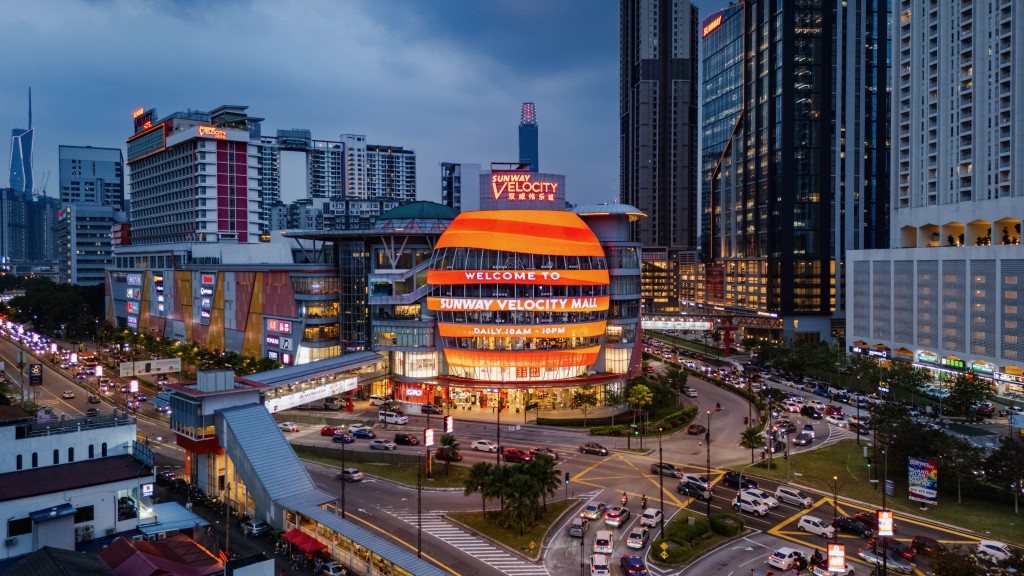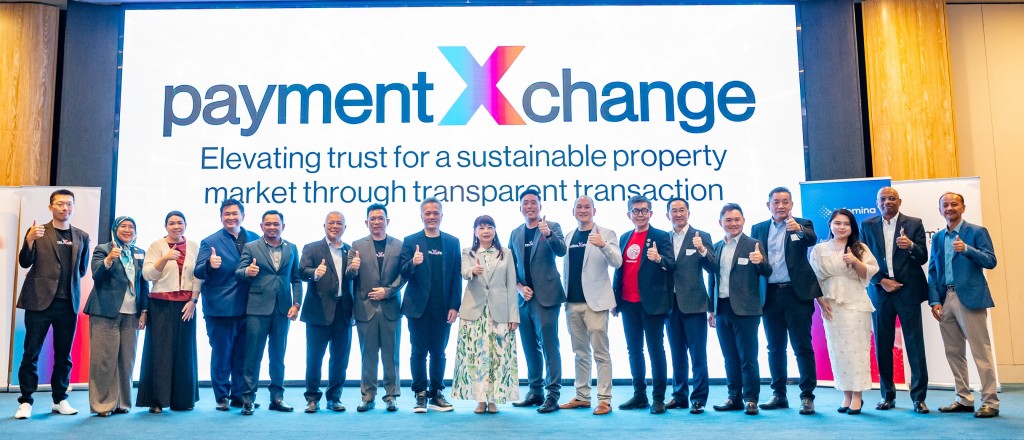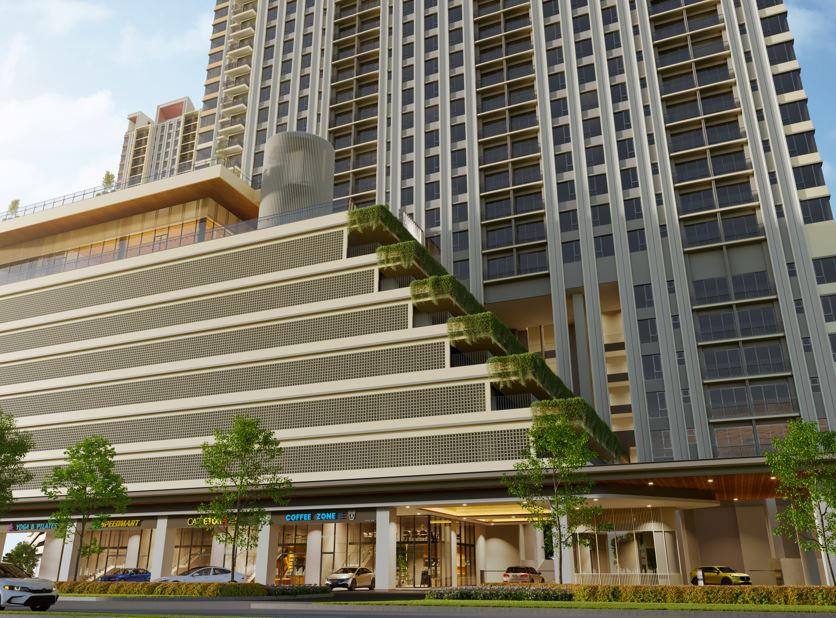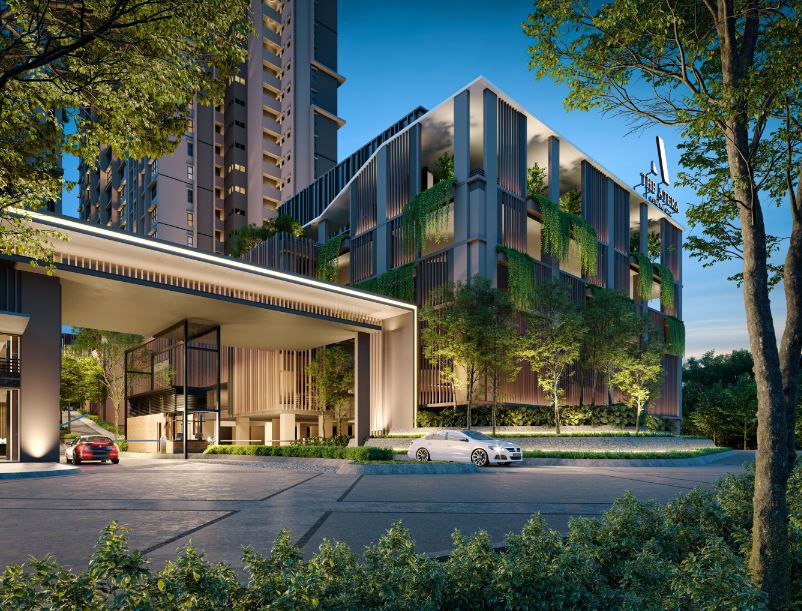PETALING JAYA: Based on the research findings from the research arm of the Real Estate Housing Developers Association (Rehda), Rehda Institute presented their findings on the current market situation and suggested ways on improving on social and public housing.
Some issues were divided into nine different categories, touching on various issues and stakeholders. Among the suggestions given include the introduction of a special purpose vehicle, addressing Bumiputera quotas and others.
According to Rehda Institute chairman Datuk Jeffrey Ng Tiong Lip, the government needs to change their role in the delivery of public housing. The private sector should be focusing on the affordable homes above the redefined threshold price levels, while the government would be looking at social and public housing at below the redefined threshold price levels. Rehda takes the stance that the government should facilitate and incentivise, not to compete.
“The second is a new policy that effectively removes unproductive social housing policies such as housing quotas and controls, as we need to have a realignment of such policies to gain efficiency and productivity,” he said.
The nine problems identified are, fragmented and unlevel playing field for both public and private developers, rigid housing policies - quota and price controls, unsuitability of location, land scarcity, cross-subsidies making prices more expensive, rising development costs, unproductive use of public funds, low financial of bottom 40 (B40) and middle 40 (M40), and the absence of reliable and up to date market data.
Fragmented playing field
The institute underlined that many players within the private and public sector are unnecessarily competing towards providing affordable housing.
According to Rehda Institute, the annual supply required for housing is at 100,000 units. 80% of the total amount is required to meet the housing needs of the middle 40 (M40) and bottom 40 (B40). They have also pointed out that the average production for units priced at RM500,0000 and below are at 63.5%.
The lack of coordination and holistic approach is also seen as another issue within the cluster as it leads to the mismatch in supply and demand, resulting in unsold units. The lack of definition as to what affordable housing means, is also a concern.
The institute suggested the formation of a special purpose central agency (SPCA) under KPKT to be created. The agency will redefine the roles of the public and private sector in providing affordable homes under a holistic planning.
The function for the SPCA should revolve on the master planning of affordable housing holistically, streamline functions and policy formulation of the State Housing Boards, manage developers’ Special Industry Contribution (SIC), develop and maintain a list of eligible prospective buyers or renters and also to analyse market demand and supply.
Rehda Institute also recommended that the private sector should be allowed to construct affordable homes either within or beyond the threshold based on market feasibility. The institute further recommended that the affordability threshold price levels match up with the market supply and demand by streamlining the provision of public housing based on household income and demographics in respective or local states.

According to Rehda Institute, the annual supply required for housing is at 100,000 units. 80% of the total amount is required to meet the housing needs of the middle 40 (M40) and bottom 40 (B40).
Proposed affordability threshold (maximum) based on states’ median incomes loan eligibility :-
| URBAN 1 | RM500,000 | Kuala Lumpur, Selangor (Klang Valley) |
| URBAN 2 | RM400,000 | Selangor (others), Penang Island, Johor Bahru |
| URBAN 3 | RM350,000 | Penang (Seberang Perai), Johor, Melaka, Negeri Sembilan |
| URBAN 4 | RM250,000 | Terengganu, Kedah, Perak, Perlis, Pahang |
| URBAN 5 | RM200,000 | Kelantan |
Rigid housing policies
A “One size fits all” housing policy is also among the issues that contribute to the mismatch between supply and demand, resulting in overhang and unsold units. During the first quarter of the year, residential overhang stood at 23,599 units, out of which 14,739 (62.5%) was priced below RM500,000.
Rehda pointed out that the Bumiputera quota policy has increased the number of unsold units, adding to the developer ’s holding costs as well as adversely impacting their cash flow. It makes for the unproductive use of resources as these units are being locked up. The situation also increases house prices for non-Bumiputera quota units as costs are passed on to buyers.
To overcome the issue, Rehda has recommended a release mechanism for the unsold Bumiputera Quota which must be transparent and within a reasonable time. It will remove the unnecessary holding costs that might affect the cash flow of the company.
Unsold Bumiputera Quota
| State | Units | Value (RM mil) |
| Kedah | 376 | 144.4 |
| Negeri Sembilan | 201 | 189.4 |
| Melaka | 446 | 205.1 |
| TOTAL | 1,023 | 538.9 |
*Based on Rehda’s survey (sample size limited to members of three states i.e Kedah, Negeri Sembilan and Melaka), a total of 1,023 completed Bumiputera quota units remained unsold, translating into some RM538.9mil of resources being held unproductively.
These units, on average account to about 20% of the total NAPIC overhang numbers for the three states, with Melaka recording as high as 64% of the total overhang numbers.
Unsuitability of location
As for the third matrix, unsuitability of location, Rehda Institute pointed out that affordable housing development is very fragmented and does not provide nor support the required ecosystem for the B40 and M40 groups to live, work and play.
Rehda Institute said private sector players who have limited and scattered land banks are not able to provide an ecosystem that is conducive for these income groups.
They also explained that the focus on quantities in the housing provisions does not solve the problem as there is a need to create a proper public or social housing ecosystem to match the target’s group database - buyer’s demand, product type and price range.
Rehda Institute said the government could master plan public/social housing more comprehensively to achieve the required ecosystem where the previously mentioned SPCA would be in the position to undertake the function.
The vehicle can undertake the role to plan for the development of social/public housing with proper coordination. It can be done by having close cooperation with public transport authorities, planning authorities and other relevant parties to ensure a well-coordinated social/public housing development.
Rehda Institute added that supply should not be concerning quantity but by the creation of a proper ecosystem to match the target group needs. The institution highlighted examples such as Singapore and Hong Kong where the Housing Development Board (HDB) and the Hong Kong Housing Authority undertake such roles and execute social and public housing projects.


